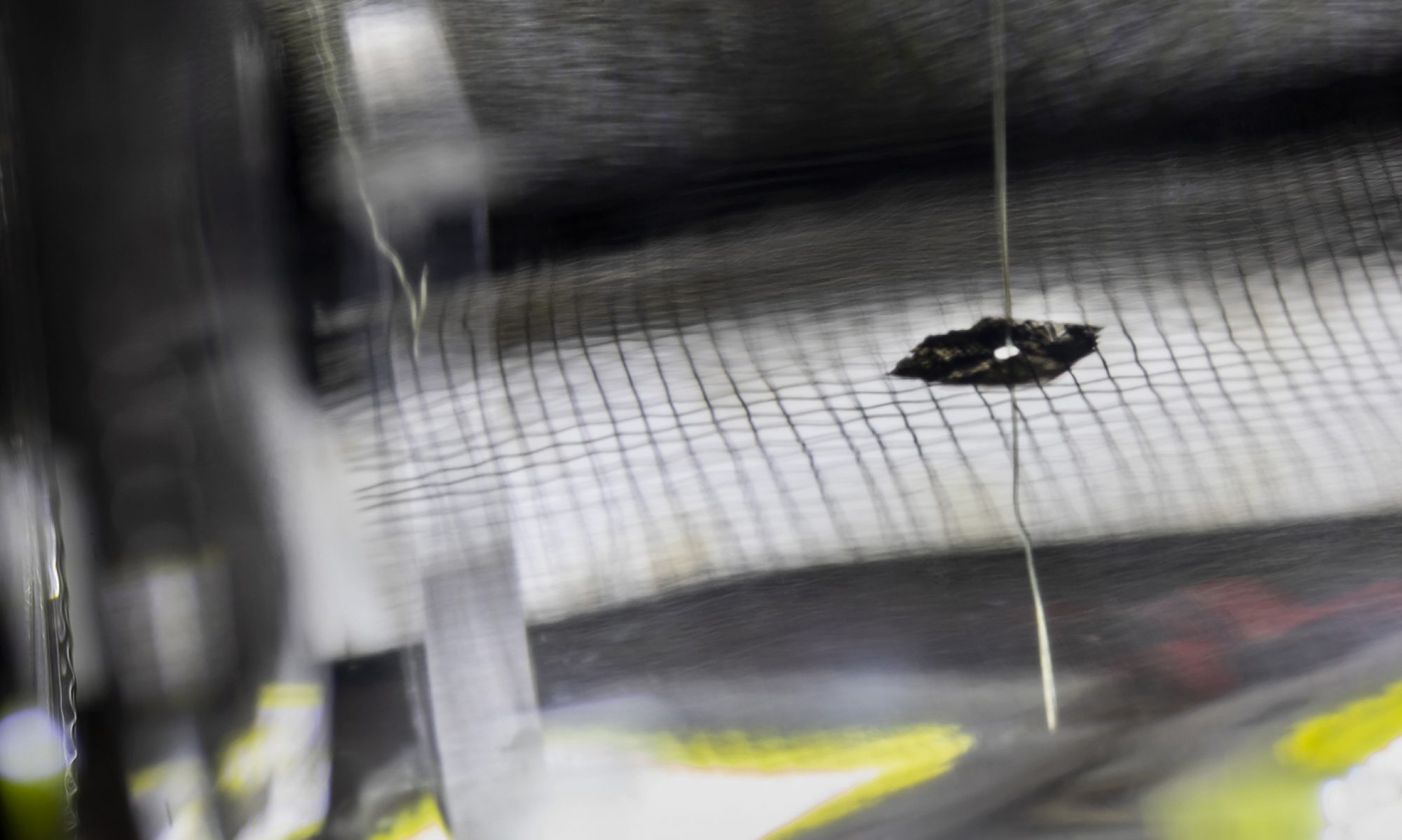Prof. Bargatin has been developing a number of teaching materials for the classes he teaches at the University of Pennsylvania. In particular, he has developed a number of conceptual questions that are used in the undergraduate course in thermodynamics. Unlike conventional problems that require derivations or numerical calculations, conceptual questions can be answered quickly with none or minimal calculations. While a number of conceptual questions (also known as ConcepTests) have been developed in physics and other fields, there is a shortage of such problems in thermodynamics, especially for mechanical engineers.
Some samples of the conceptual questions from the undergraduate thermodynamics are posted below. The students loved these types of problems, especially when they are discussed interactively in class. If you are teaching thermodynamics and would like to get the suggested answers or additional examples or discuss them with Prof. Bargatin, please contact him by email at bargatin@seas.upenn.edu
